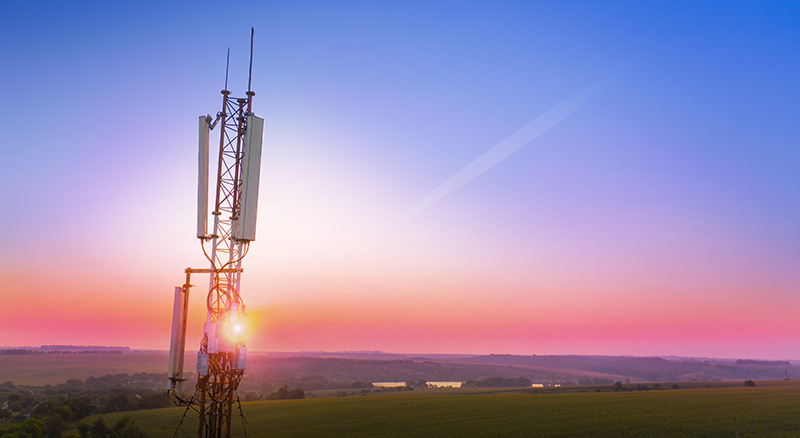
In 1991 the first commercial GSM mobile service was launched in Finland heralding a revolution in how we communicate. This second-generation service was the first to use digital technology providing a far superior performance than existing (1G) analogue services. The GSM standard developed by the European Telecommunications Standards Institute (ETSI) soon became accepted as a global standard for mobile communications.
By the early 2010s, GSM had reached a peak in terms of global coverage and calls made, with 90% market share. Since then, the number of calls made using GSM phones has decreased with less than 1% of calls made in the UK now relying on 2G coverage. With the increase in coverage of 4G and 5G services, many countries are planning to turn off their 2G and 3G services, with Australia being the first to be without 2G in 2018.
However, this 33 year old technology still has some life left in it. Even in developed countries such as the UK, 4G covers just 95% of the landmass leaving many with just 2G or 3G coverage while in Africa just 50% of the population has access to a 4G service.
Another reason for a delay in the shutdown of GSM transmissions is their use for machine to machine (M2M) communications. Smart meters often rely on 2G coverage for the transmission of electricity and gas consumption data. The automatic vehicular emergency call service eCall in Europe also uses GSM to call the emergency services in the event of an accident.
It is anticipated that GSM services will be turned off in Europe by 2035 but until then this venerable but reliable technology will have outlasted 3G and will continue to play an important part in modern communications. So, three cheers for 2G.
PTT has also been in operation for over thirty years and offers online courses covering telecommunications subjects including an Introduction to mobile systems, 4G and 5G radio access networks, and Advanced mobile systems.